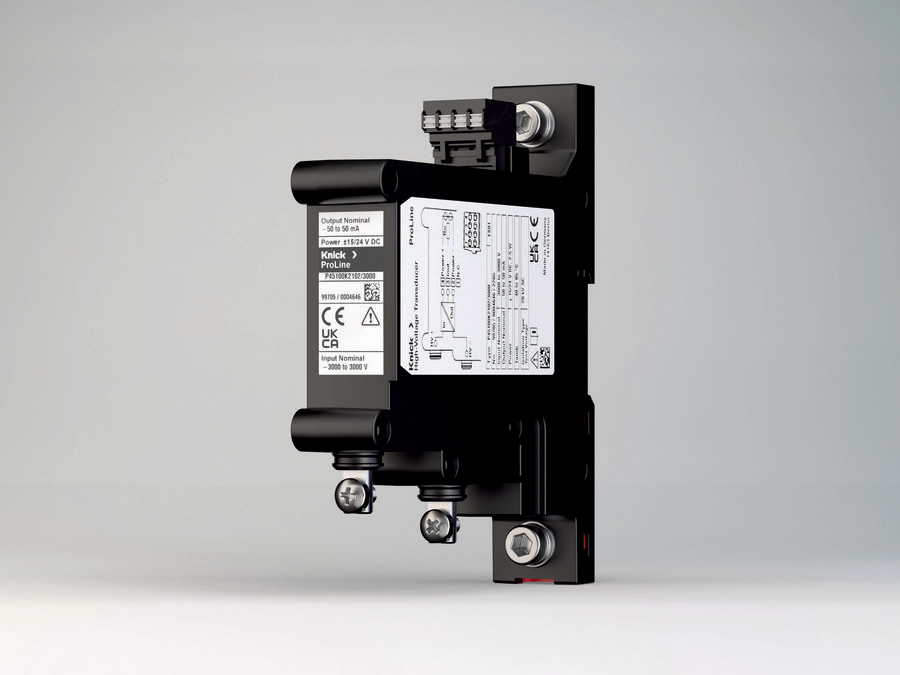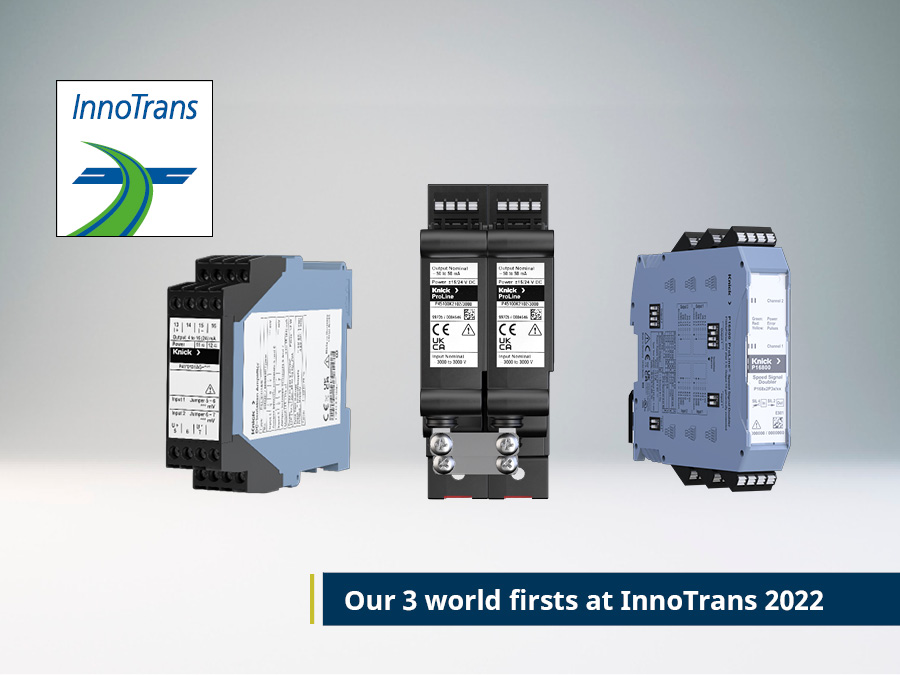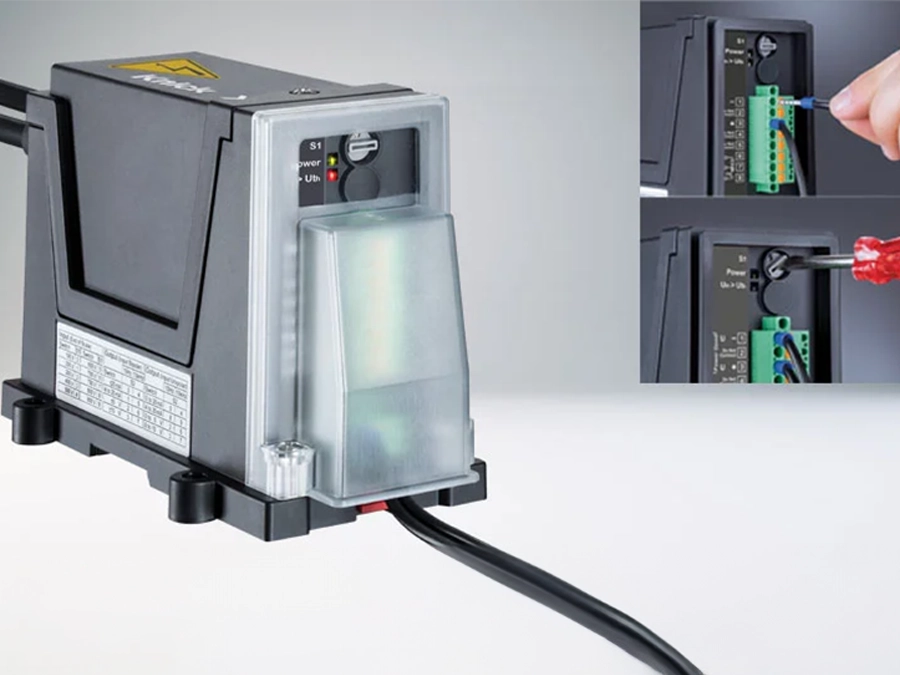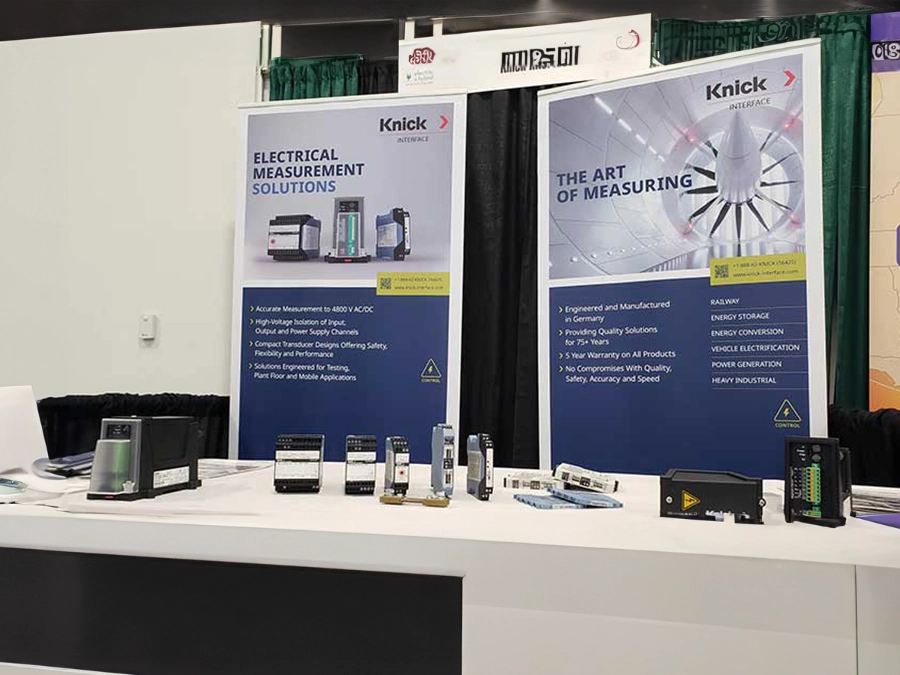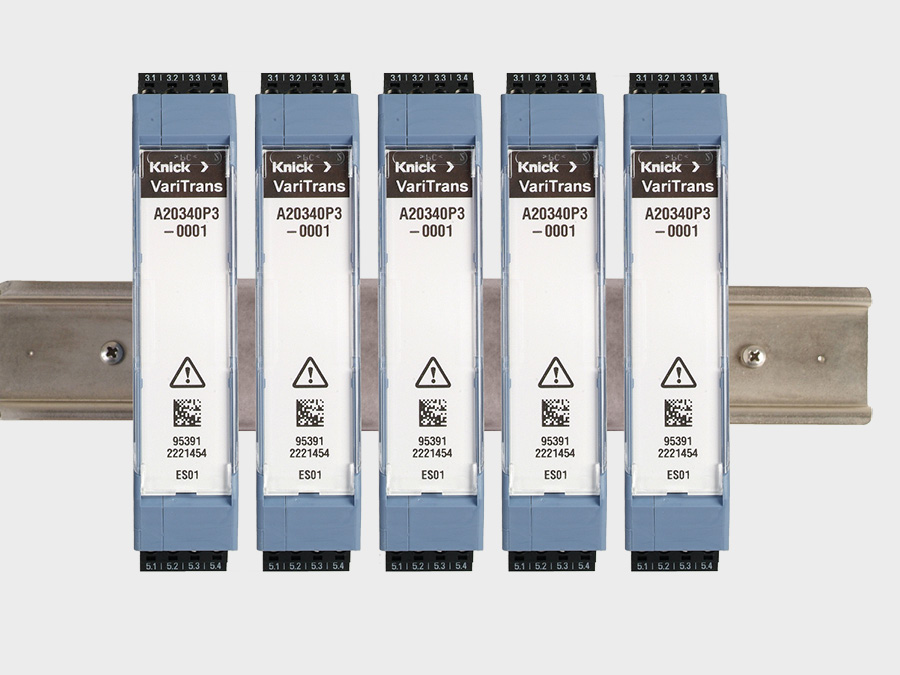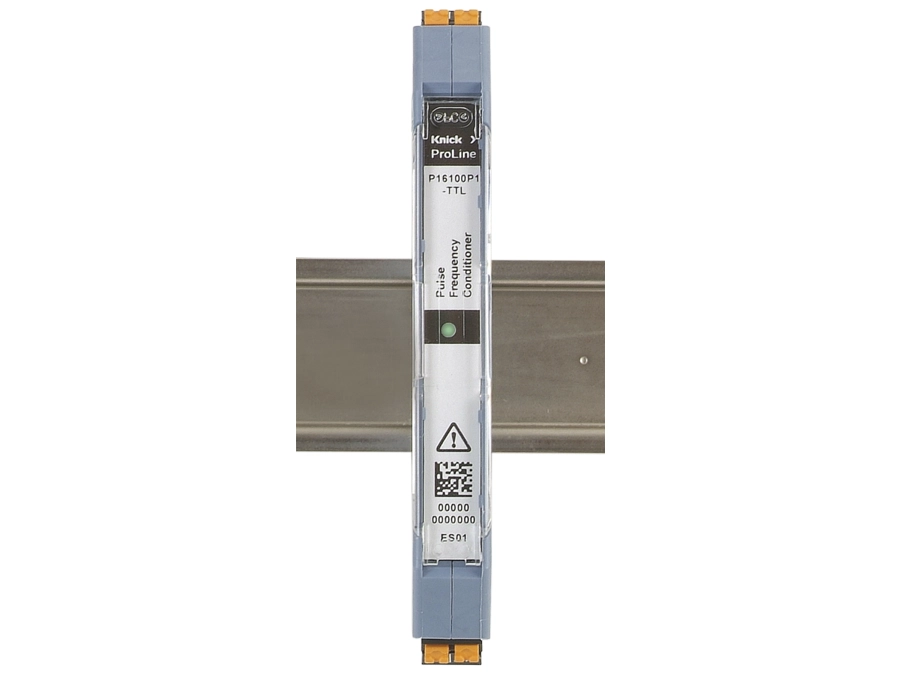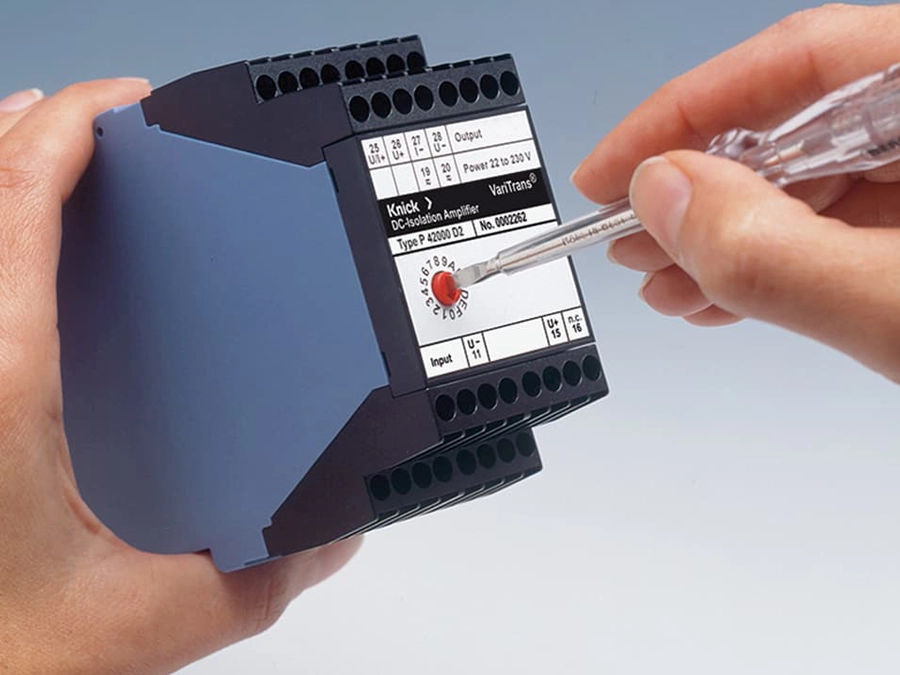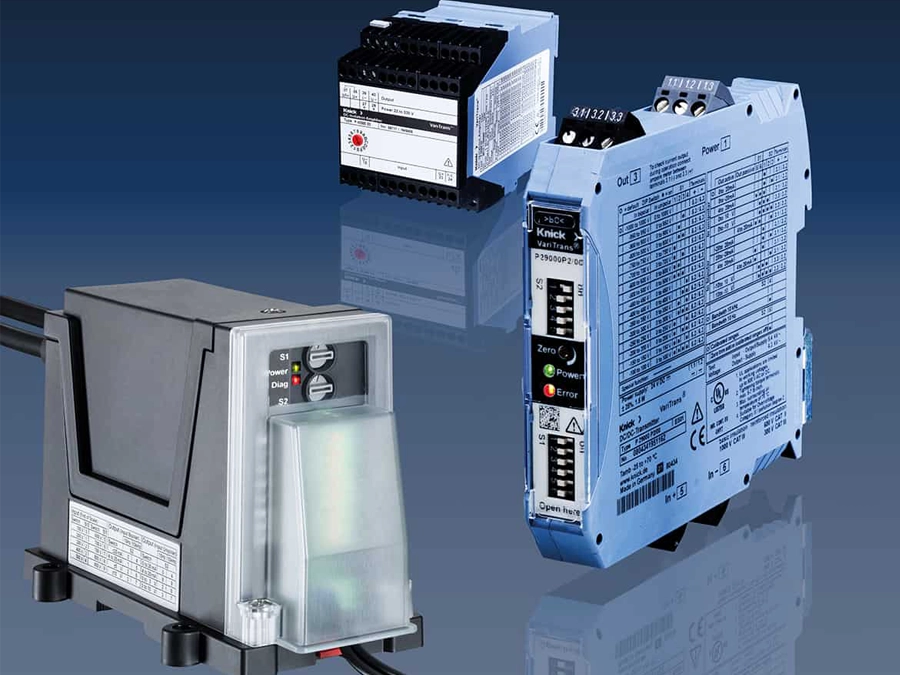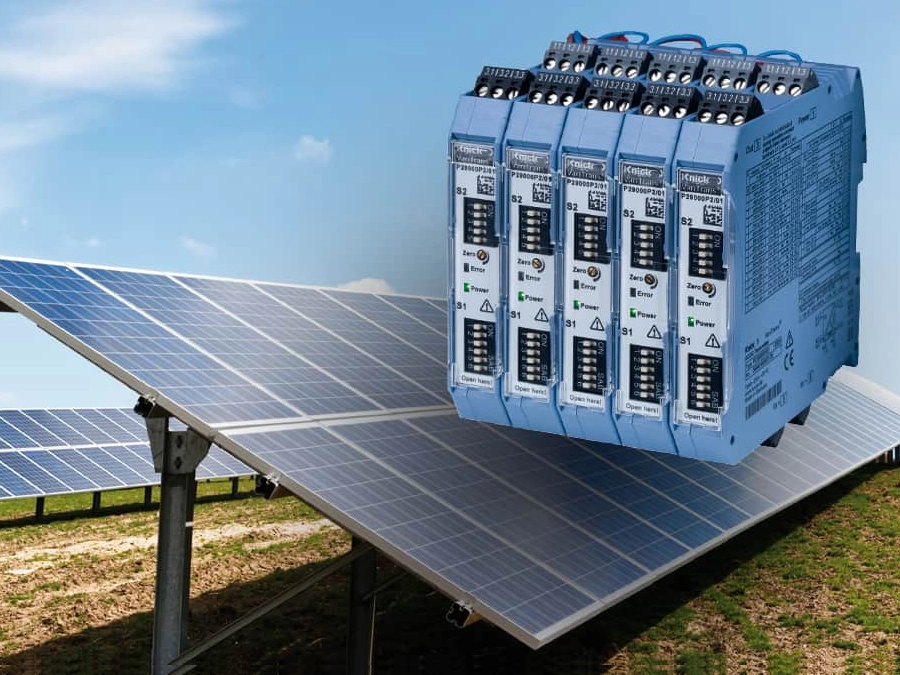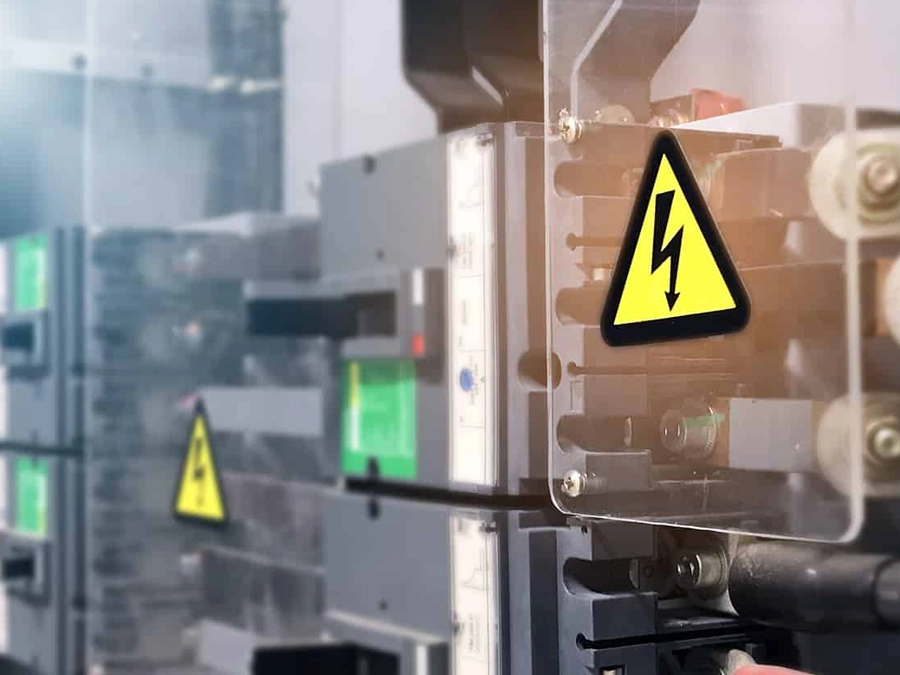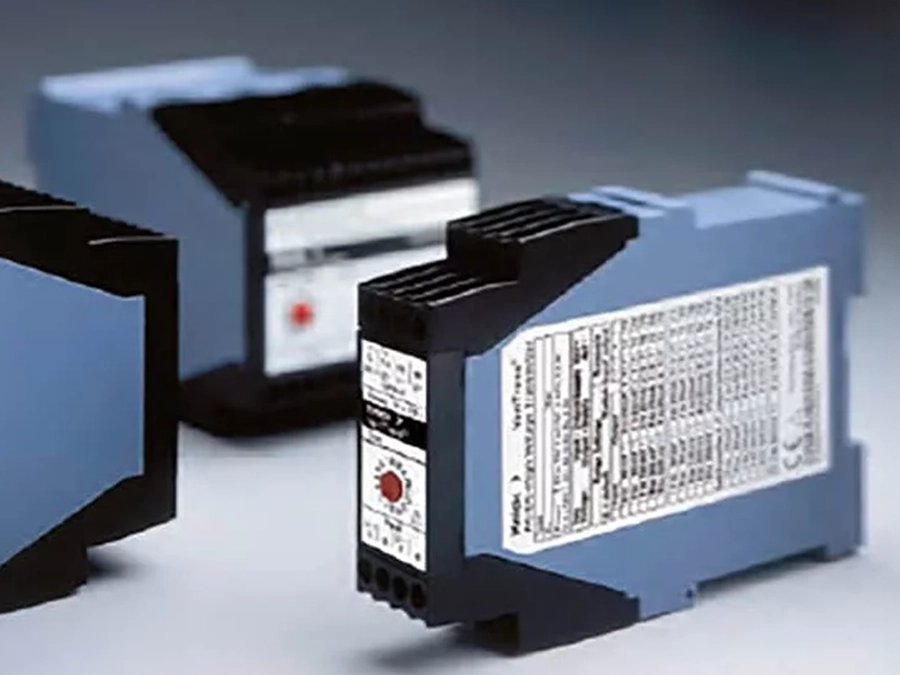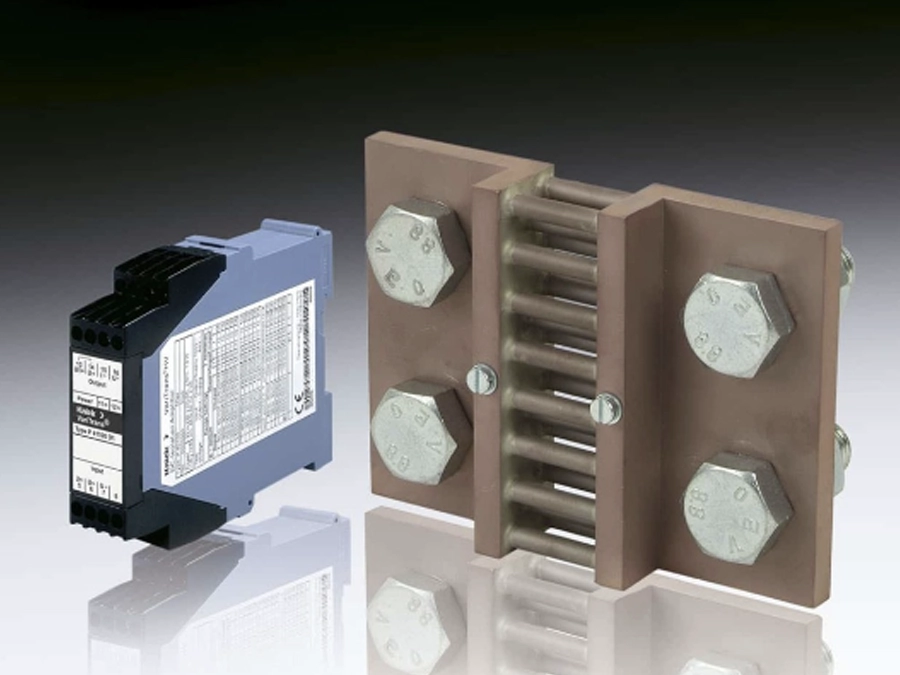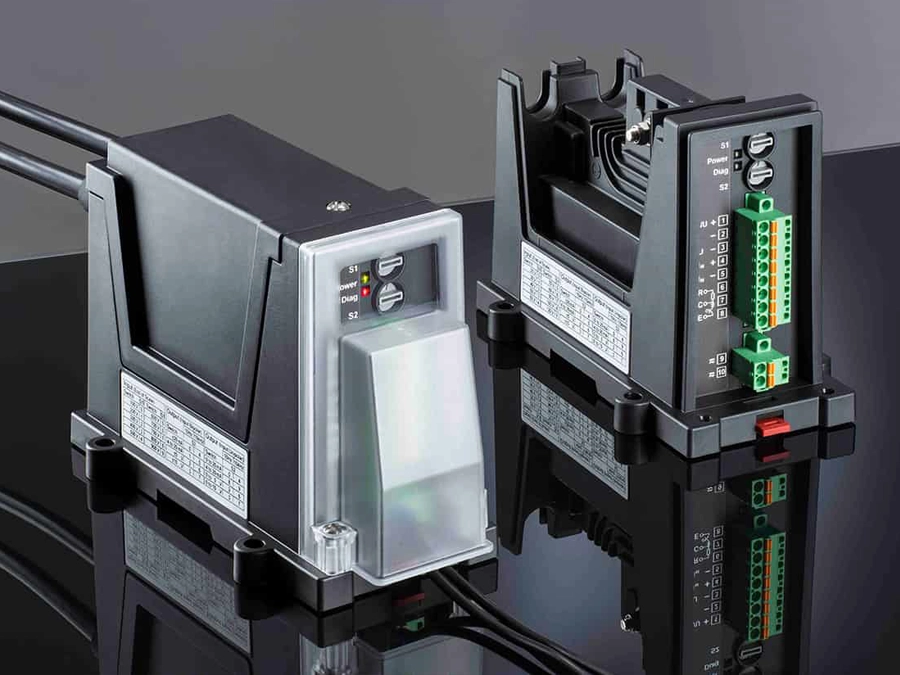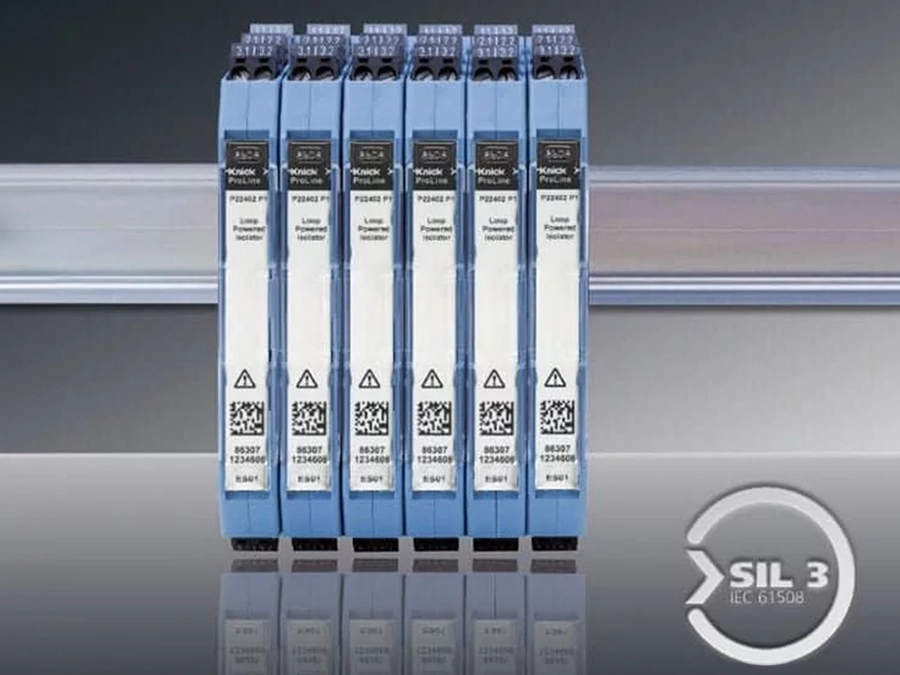Industry/Process/Application
Intro Text, Trend, Teaser
Fatti chiave dell'applicazione
Settore
Misura della tensione CC per l'interfaccia tra veicolo e caricabatterie
Applicazione
Verifica della connessione di carica e connessione con altri sistemi di bordo
Parametro misurato
Tensione fino a 1500 V CC, uscita segnale standard 4-20 mA o 0-10 V CC
Requisiti chiave
Componenti compatti per l'installazione a bordo del veicolo, in quanto lo spazio è minimo
La qualità della misura gioca un ruolo fondamentale nel garantire l'operatività del veicolo.
Isolamento sicuro delle alte tensioni; necessario per la protezione nel trasporto passeggeri

Misura della tensione CC a bordo del pantografo
Descrizione dell'applicazione
Una scatola di commutazione CC (anche sul tetto del veicolo) contiene componenti che verificano l'avvenuto collegamento della carica, e quindi la tensione corrispondente, e si collega ad altri sistemi di bordo.
Requisiti dell'applicazione
Lo spazio nella cassetta di commutazione CC è limitato, quindi è importante che le soluzioni prese in considerazione per il monitoraggio e l'isolamento della tensione siano non solo performanti, ma anche compatte.
Perché Knick?
Il Knick P42000 D2 è un trasduttore di tensione compatto con capacità di misura e isolamento continuo fino a 2200 V CC, con una larghezza di soli 45 mm, fondamentale per le applicazioni in cui è importante risparmiare spazio. La qualità della misura è garantita da un errore di guadagno < 0,3%, un tempo di risposta T90 di 110 μs e una frequenza di taglio di 5 kHz.
Headline H2
Lorem ipsum dolor sit amet, consetetur sadipscing elitr, sed diam nonumy eirmod tempor invidunt ut labore et dolore magna aliquyam erat, sed diam voluptua. At vero eos et accusam et justo duo dolores et ea rebum. Stet clita kasd gubergren, no sea takimata sanctus est Lorem ipsum dolor sit amet. Lorem ipsum dolor sit amet, consetetur sadipscing elitr, sed diam nonumy eirmod tempor invidunt ut labore et dolore magna aliquyam erat, sed diam voluptua. At vero eos et accusam et justo duo dolores et ea rebum. Stet clita kasd gubergren, no sea takimata sanctus est Lorem ipsum dolor sit amet.
Headline H3
Lorem ipsum dolor sit amet, consetetur sadipscing elitr, sed diam nonumy eirmod tempor invidunt ut labore et dolore magna aliquyam erat, sed diam voluptua. At vero eos et accusam et justo duo dolores et ea rebum. Stet clita kasd gubergren, no sea takimata sanctus est Lorem ipsum dolor sit amet. Lorem ipsum dolor sit amet, consetetur sadipscing elitr, sed diam nonumy eirmod tempor invidunt ut labore et dolore magna aliquyam erat, sed diam voluptua. At vero eos et accusam et justo duo dolores et ea rebum. Stet clita kasd gubergren, no sea takimata sanctus est Lorem ipsum dolor sit amet.
Prodotti correlati
Industrie e applicazioni correlate
E-Mobilty Broschüre
Titel des Dokuments (de) Donec pede justo, fringilla vel, aliquet nec, vulputate eget, arcu. In enim justo, rhoncus ut, imperdiet a, venenatis vitae, justo

E-Mobilty Broschüre
Titel des Dokuments (de) Donec pede justo, fringilla vel, aliquet nec, vulputate eget, arcu. In enim justo, rhoncus ut, imperdiet a, venenatis vitae, justo













